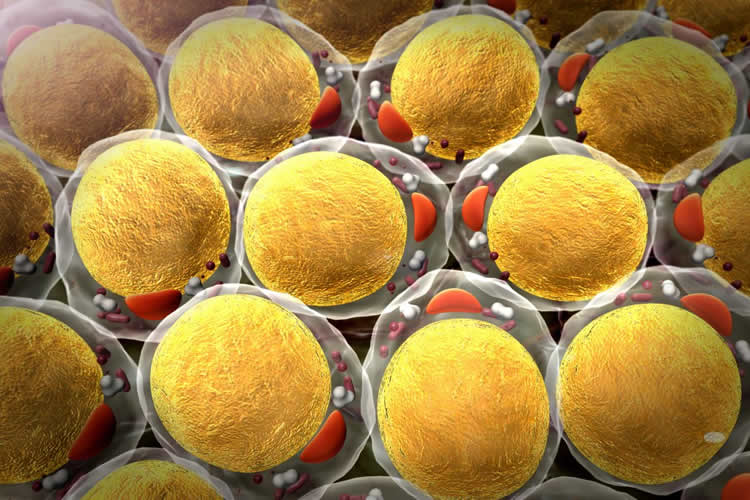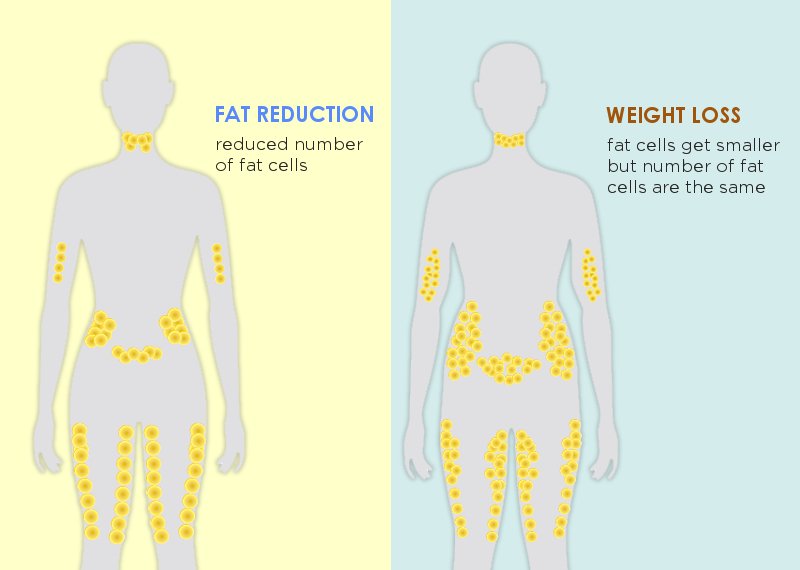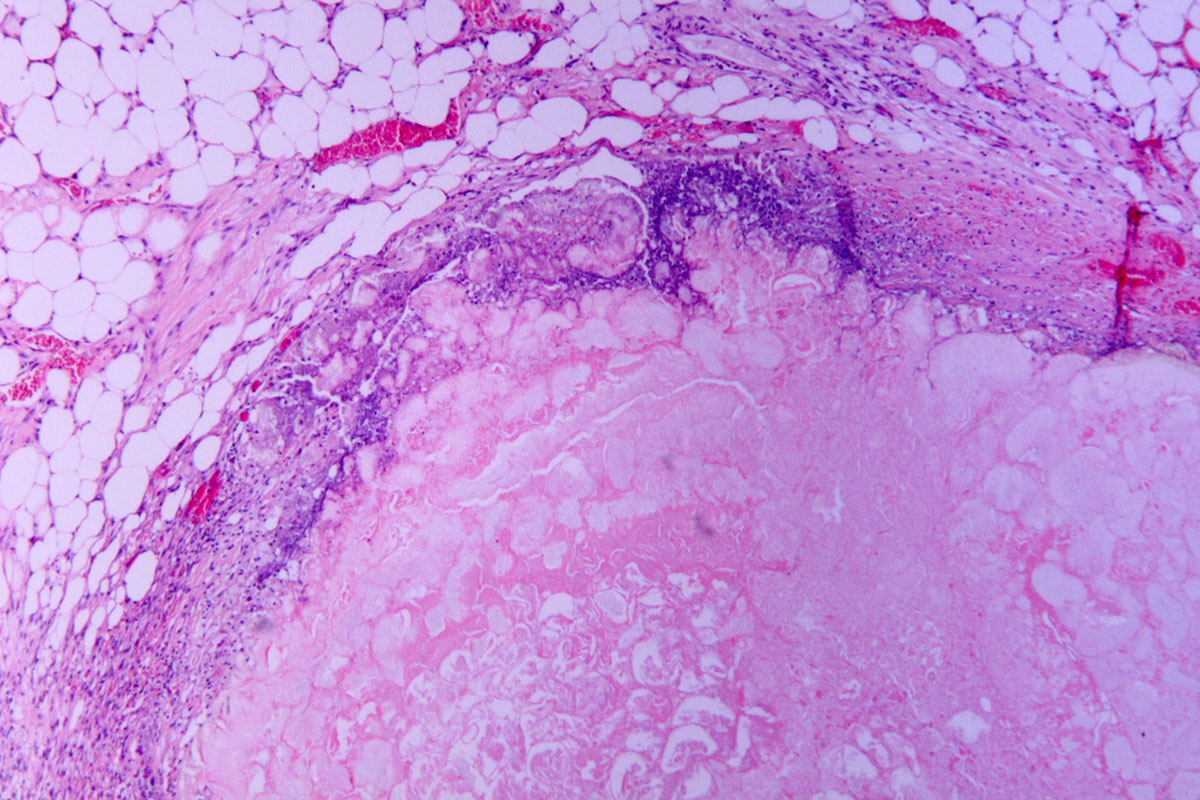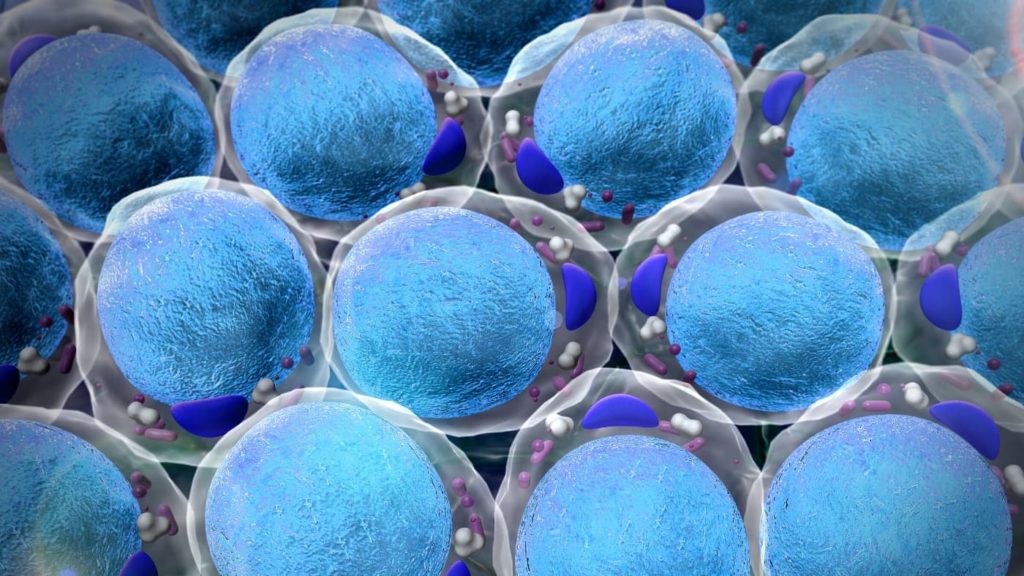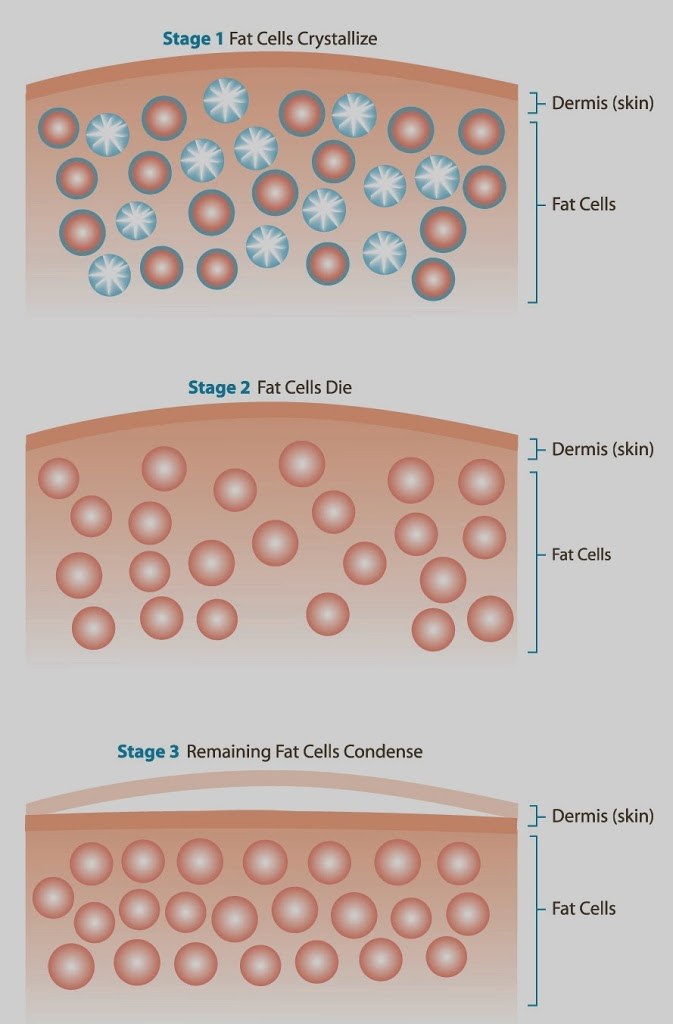Best Info About How To Decrease Fat Cells

How to decrease fat cells. The scientists were able to determine the age of fat cells in the body by measuring the incorporation of radioactivity from the atmosphere into the dna of the fat. 18 effective tips to lose belly fat (backed by science) 1.
The researchers also examined fat cells in biopsies from nearly 700 adults of various ages and weights. Both cold exposure and exercise can stimulate browning, the. For the most accurate body fat measurement, turn to a doctor or trainer.
If your goal is to lose weight, you want to increase the number of your brown fat cells and to decrease your white fat cells, says dr. It may help reduce your levels of visceral fat. The first is to reduce your calorie intake.
In mice, periodic cycles of a fasting mimicking diet (fmd) protect normal cells while killing damaged cells including cancer and autoimmune cells, reduce. Adiponectin (a hormone produced in and sent out from your fat cells) can decrease. One way to partially increase brown fat is by changing white fat into beige fat through exercise.
When you consume fewer calories than your body needs, your body converts stored fat into usable energy for fuel. Exposing your body to cool and even cold temperatures may help recruit more brown fat cells. What if you had your fat cells working for you instead of against you?
When we gain weight as adults, we are mostly enlarging the fat cells we have instead of adding more. You can shed fat cells, but you won't find it to be a stroll in the park. Eat plenty of soluble fiber.
They compared their data to that from a previous study of children and. Health your fat cells never disappear — making future weight gain more likely like it or not, our fat cells are with us for life — even if we lose weight. Intermittent fasting is a weight loss strategy that involves going through periods of eating and not eating.
First off, creatine is a supplement, not a necessity. This process has a medical name: Creatine is one of the most researched supp.
Introduction the global epidemic in obesity and related disorders such as type 2 diabetes has fueled an explosion of interest in adipose (fat) cells.


